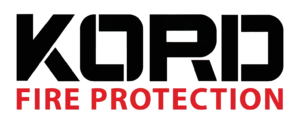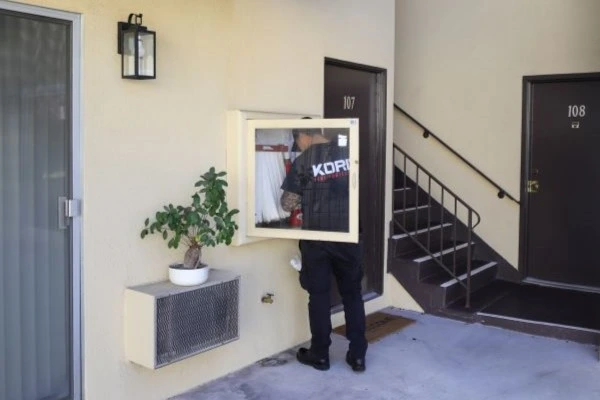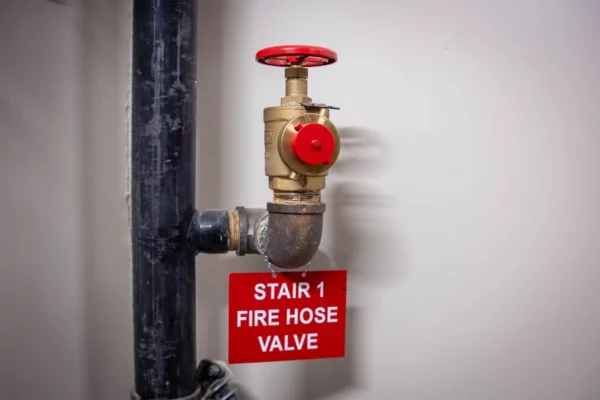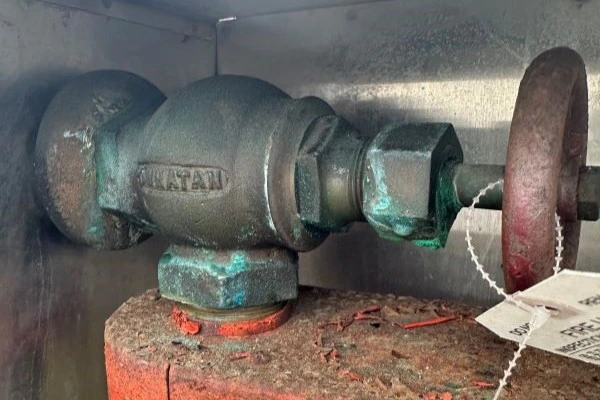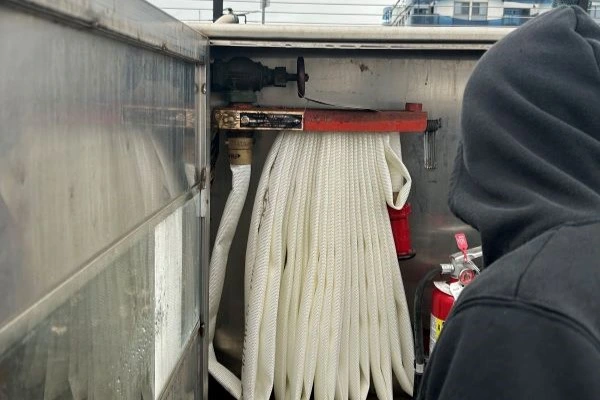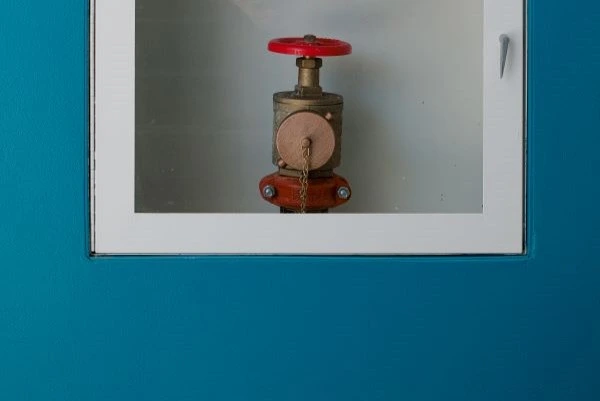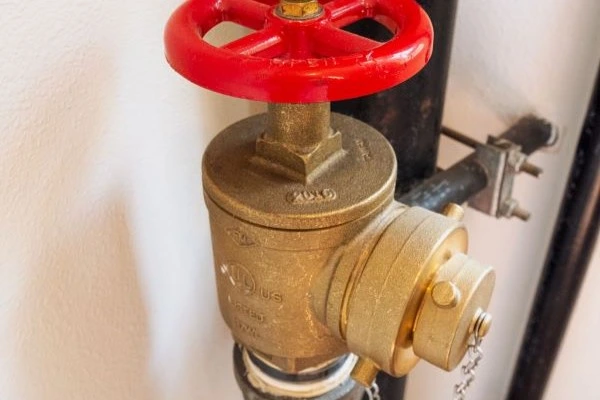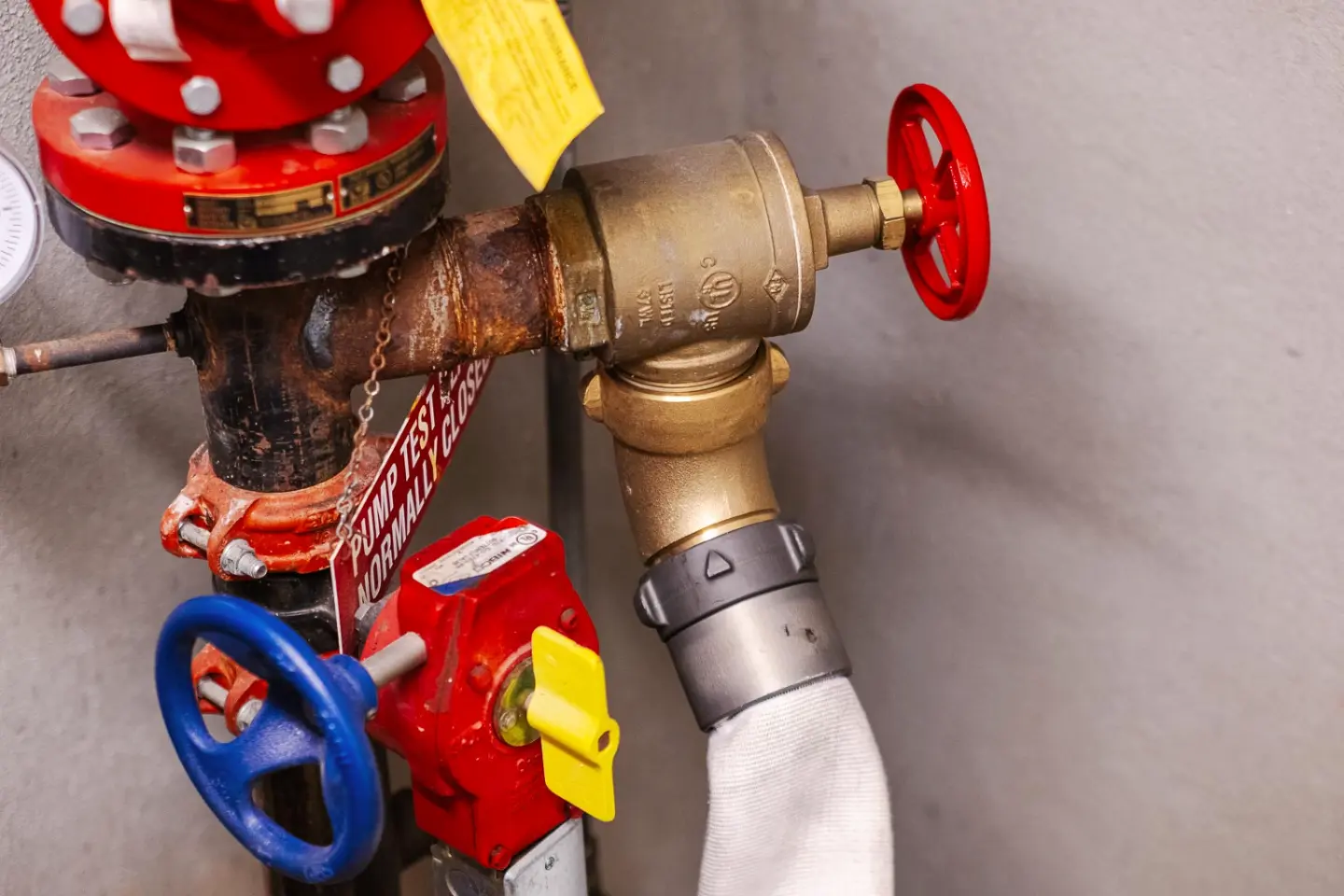

Standpipe Systems
Standpipe System Class I-II-III Service
When it comes to fire safety, a well-maintained standpipe system is crucial for protecting both your property and its occupants. Our Standpipe Class I-II-III services are designed to ensure your building is compliant with the latest safety codes, providing an essential tool for emergency response teams during fires. Whether you need installation, inspection, or maintenance of your standpipe system, we specialize in all aspects of Standpipe Class I-II-III to keep your building safe and secure.
Our certified technicians are dedicated to providing the highest quality service, so you can have peace of mind knowing your building is well-protected. Don’t wait—contact us today to enhance your fire safety measures with effective fire standpipe systems tailored to your needs.
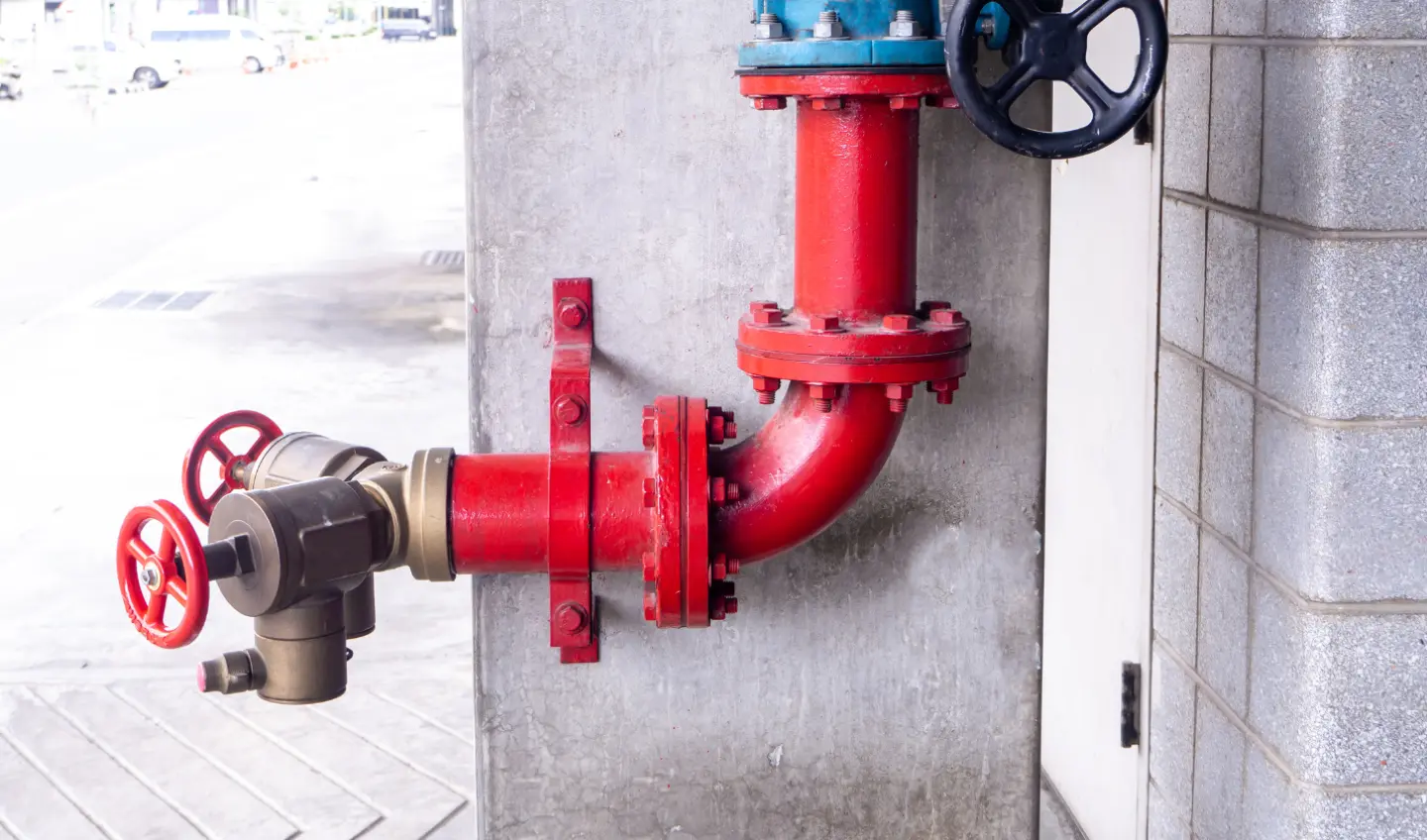

Ready to Ensure Your Building’s Fire Safety?
If you need Standpipe Class I-II-III services for your building, we are here to help. Whether you’re looking for installation, inspection, or maintenance, we’ve got you covered. Contact us today to schedule a consultation!
Standpipe System Class I-II-III Installation
Our team ensures your standpipe system meets all regulations and safety requirements. We assess your building’s needs and choose the appropriate class for your property.
Class I: Heavy-duty systems for commercial buildings.
Class II: For smaller buildings with lower fire risk.
Class III: Dual access systems for firefighters and building personnel.
Standpipe System Maintenance
We provide ongoing maintenance to ensure long-term reliability and prevent costly repairs.
Routine Maintenance: Scheduled upkeep for all classes.
Repairs: Fast response to necessary fixes.
Upgrades: Installation of modern technology for updated fire codes.
Standpipe System Repairs
We understand the need for urgent response and effective fire protection. That’s why our team is equipped to handle issues and perform repairs that ensure your system gets back up and running quickly.
Ensure ongoing fire safety with our team of highly trained technicians.
Dry and Wet Standpipes
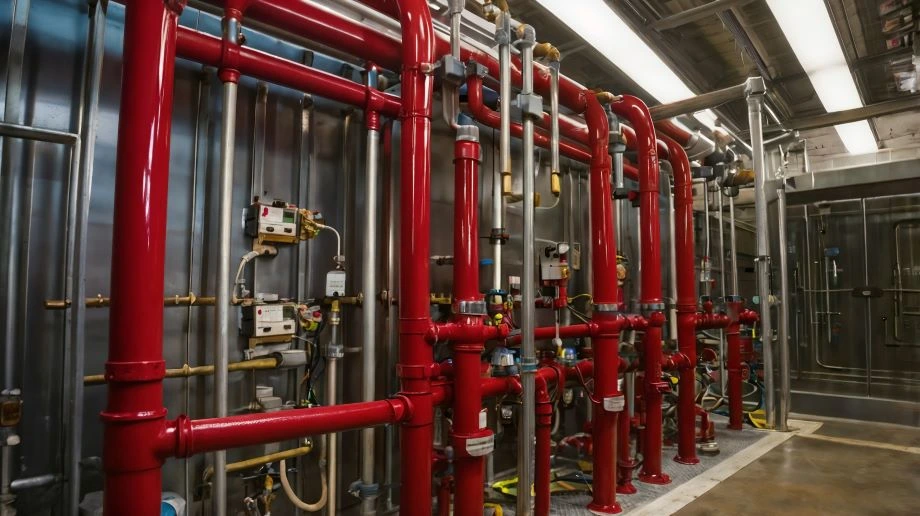

Local laws and fire codes dictate whether or not a standpipe system is required for your building. High-rise buildings over 40ft generally require a standpipe Class 1 system. Whatever your needs and requirements for a standpipe system, KORD can help!
Fire Standpipe System Classification
Standpipe systems are divided into three different categories, and they are based on who is utilizing the water outlet in the event of a fire:
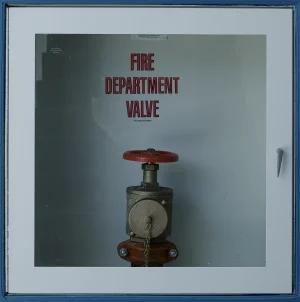

1.
Class 1 Standpipe
This class can only be used by professional firefighters. Because the water pressure is very high, operation by an untrained person could be dangerous. This standpipe system has a 2.5” connection with no hose attached. (Firefighters must bring a hose to attach to the pipe.)
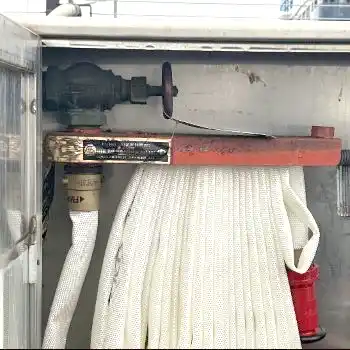

2.
Class 2 Standpipe
This class can be operated by trained (non-firefighter) personnel. You will often find Class 2 systems in the hallways of buildings. (They are placed where anyone can access them in case of an emergency.) This system has a 1.5” hose connection.
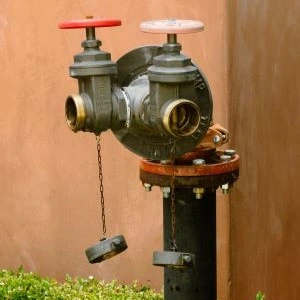

3.
Class 3 Standpipe
A combination of Class 1 and 2. This system features both 2.5” and 1.5” hose connections that can be used by both skilled building personnel, as well as professional firefighters.
OR CALL
Why Standpipe Class I-II-III Systems Matter
A properly designed and maintained standpipe system is a critical part of your building’s overall fire safety plan. Whether you’re building a new structure or maintaining an existing one, ensuring your standpipe system is up to code will give you peace of mind.
FAQ: Standpipe Class I-II-III Systems
How often should standpipe systems be inspected and/or tested?
Your standpipe system should be inspected at least annually. However, if your building is subject to heavy use or has a high-risk fire profile, more frequent inspections may be necessary.
When are Class 1 standpipes required for buildings?
Class I standpipe systems are for fire department use and are typically mandated in buildings with more than three stories above or below ground due to logistical challenges in deploying hoses.
How do standpipe systems improve fire safety?
They ensure immediate water access, helping firefighters control and extinguish fires quickly, reducing damage, and increasing safety. Plus, it helps comply with local fire safety regulations, such as those outlined in NFPA 14.
What are the consequences of not maintaining standpipe systems?
Non-maintenance can lead to system failures, fines, legal issues, and increased liability during fires. Regular maintenance is crucial for safety and compliance.
Protect What Matters Most!
Don’t wait until it’s too late. Ensure your building’s fire safety with a comprehensive Standpipe Class I-II-III service. Call us, email us, or fill out our contact form to schedule a consultation.
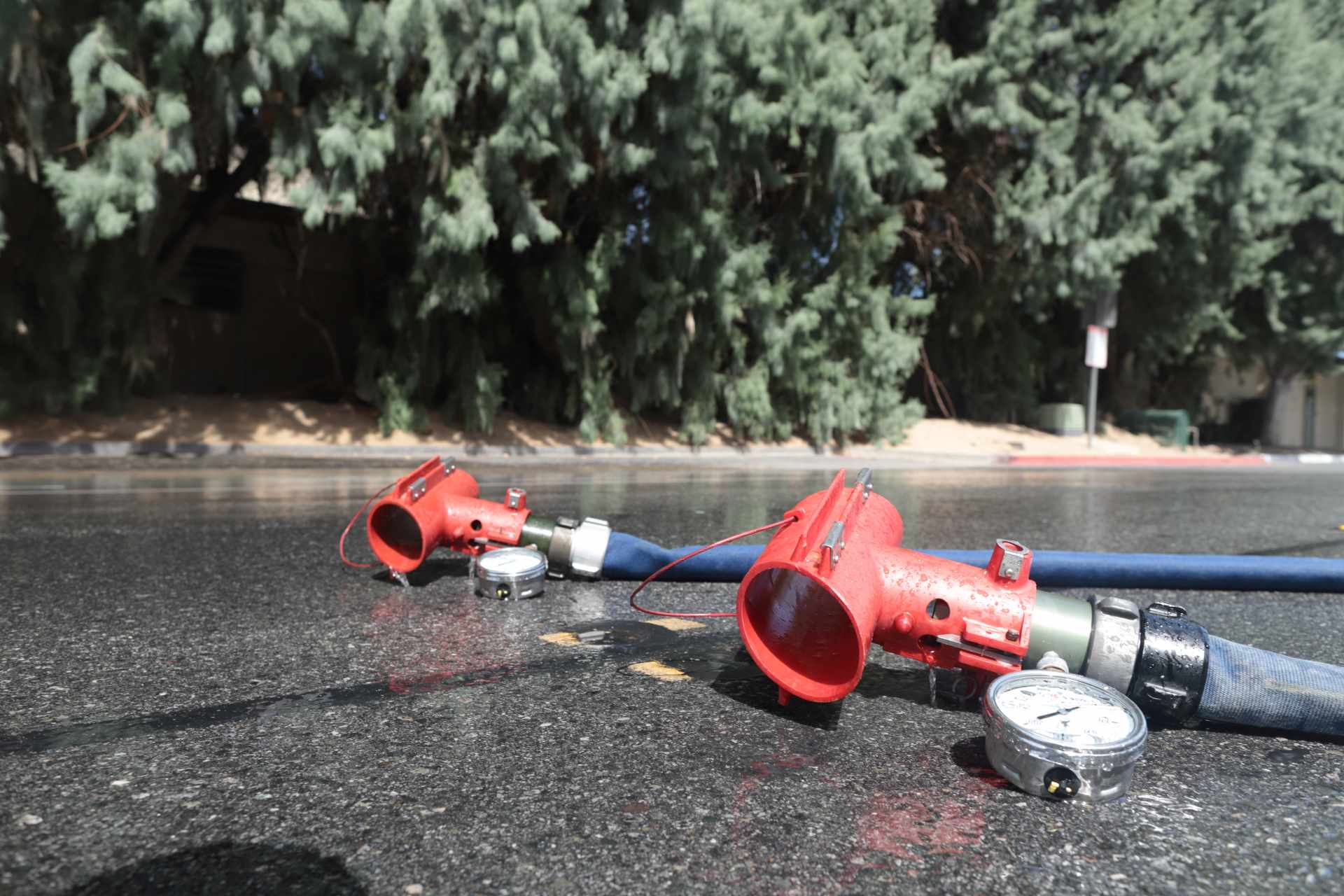

Stay Informed: Sign Up for Our Newsletter
Stay up-to-date with the latest fire safety tips, regulations, and service offerings by subscribing to our newsletter. Get helpful insights directly to your inbox!
